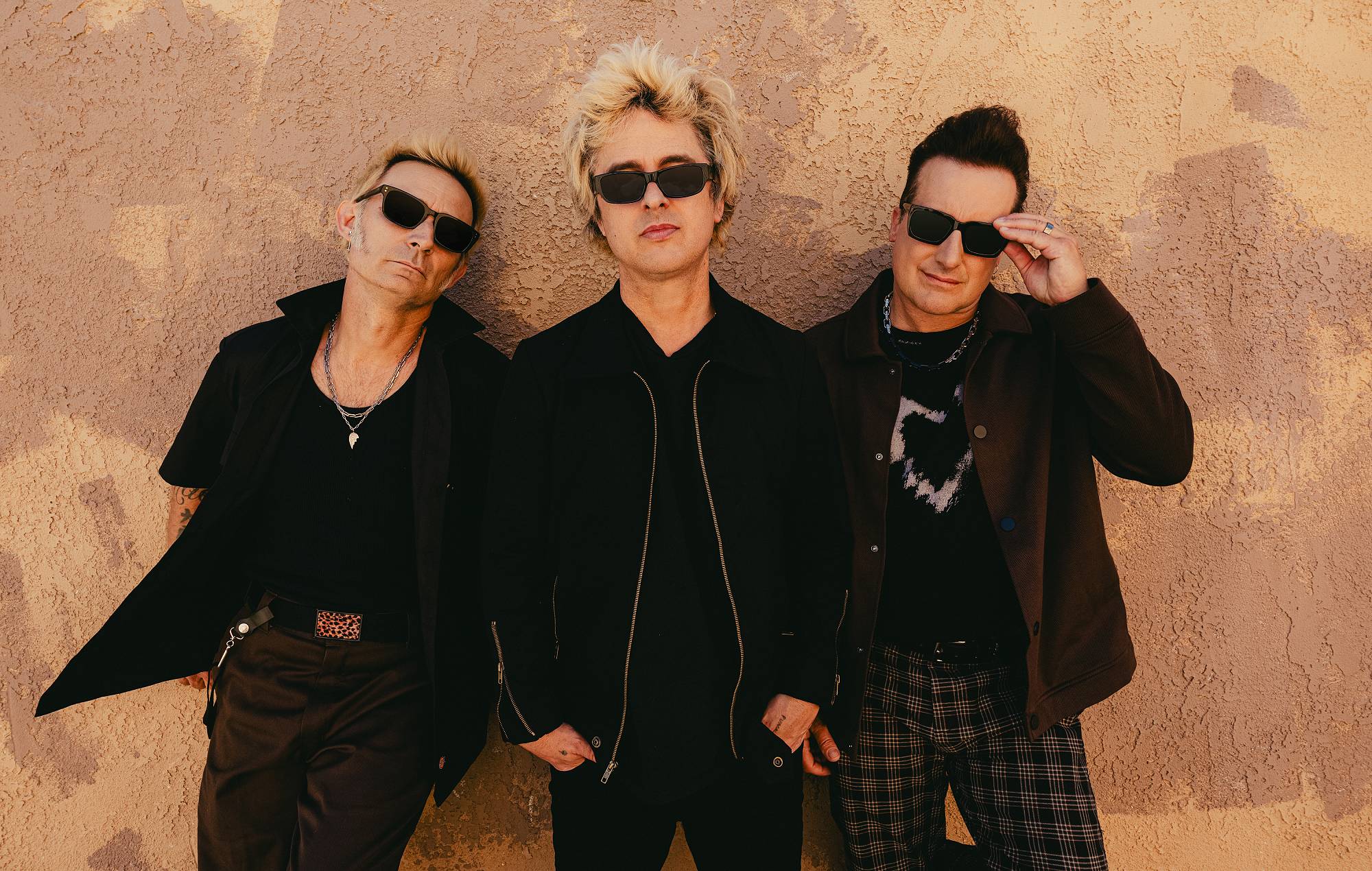Table of Contents
What I’ve always loved about ambient music is its slow and textural, allowing you to see the connection between the musician or producer and the instruments they used in the production. This is especially evident in The Album Leaf’s latest release, a new EP called “BLAST.” The Album Leaf is an LA-based electronic music artist known for a series of fantastic ambient releases, and “BLAST” continues this success. The EP features saxophonist Aaron D4VID, who has worked with Anderson.Paak, Tyler the Creator, Herbie Hancock, and other well-respected names in the industry.
The creative process behind this EP involved various synthesizers and effects pedals, giving it a very expressive and humanized ethos. This reinforces the idea that ambient music is a great medium to hear and see the connection between instruments and the musicians playing them. The EP is immersive and ambient, largely due to the quality and gear that The Album Leaf uses.
I wanted to invite The Album Leaf to talk about his gear, how he uses it, and how you can replicate similar results in your own music. So listen to the release a few times to acclimate your ears to the music production we’ll be discussing before we dive into the latest iteration of how it was made: The Album Leaf’s “BLAST.”
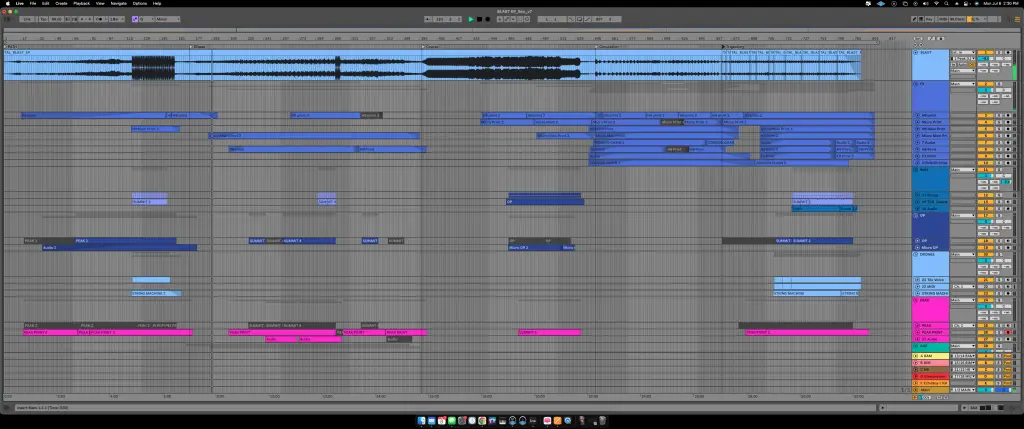
Novation SUMMIT – Analog Synthesizer
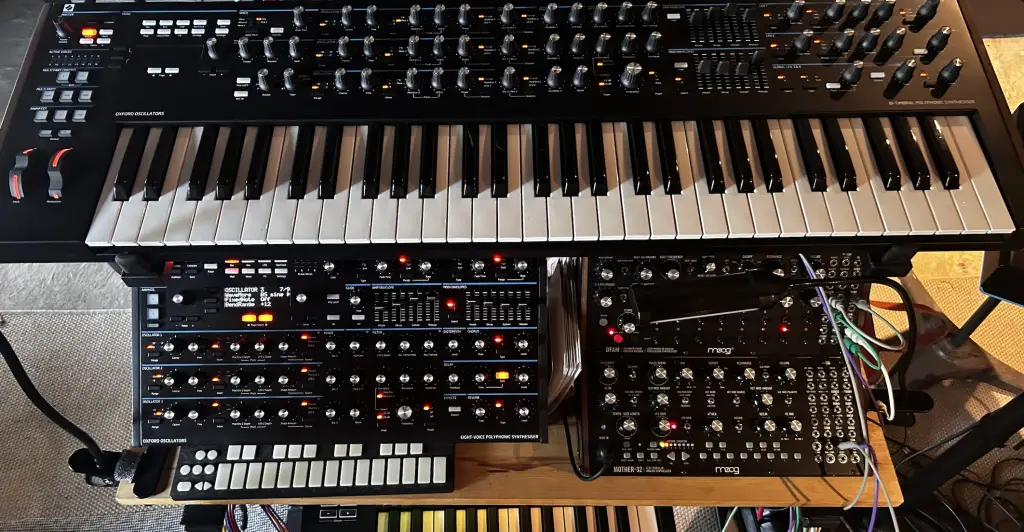
My main workhorse is the Novation Summit. It is extremely powerful for me, and since I have been a Peak user since its release, understanding the menus and routing of Peak’s big sibling made the Summit easy to navigate. I love how easy it is to create sounds from scratch and also split the keyboard between both Synth engines. The Summit is essentially two 16-voice Novation Peaks in one powerful synth.
For the Blast EP, since I was performing this live, I was able to make my presets and program the synth in ways that allowed me to play synth melodies, chords etc. with my right hand on the upper part of the keyboard, and play bass lines, low frequencies and also synth chords with my left triggering different sounds within the same synth. You can choose which voice the pane its affecting by simply pressing a button to switch between voices. This, to me, is extremely useful as a solo artist with being able to perform multiple instruments and sounds at the same time. The synth also has built in Reverb ad Delay, the delay can be synched to a master clock and
Having the ability to press button, create a tone from scratch in a flash is maybe the most helpful tool ive had in a synth. Initialize is a common function in most synths, but the button being right there, and also novation loves to make a bigger frequency knob ready to be opened, these are great features of the summit. Its been a game changer for me with wiring and inspiration.
Eventide H9 MAX Harmonizer – Effects Processor
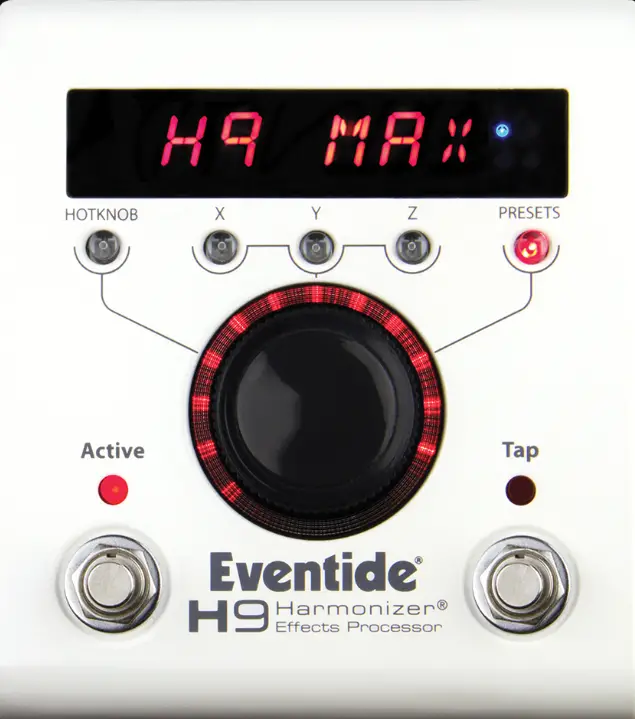
I absolutely overuse this pedal. I have it connected as a send-in/send-out of Ableton, so I can send anything to it at any point. I use it for textures, atmospheres, tremolo, delay, etc. etc. etc. It’s very powerful, and coupled with the digital app when connected to your computer, it really opens the floodgates. You can get in there and really fine-tune the FX parameters to create custom FX patches.
I particularly like to use this to create a dirty tremolo reverb effect. I’ll manipulate the speed as I track it in real-time. Giving whatever I send through it a nice stereo field. I’m generally obsessed with having a wide stereo field, so I use many wide stereo FX.
A key thing that works for me is having my outboard FX routed through Ableton so I can use them as sends. I use a lot of analog gear, so having these tools routed through Ableton buses is a game changer.
Hologram MICROCOSM – Granular Effects Suite & Looper
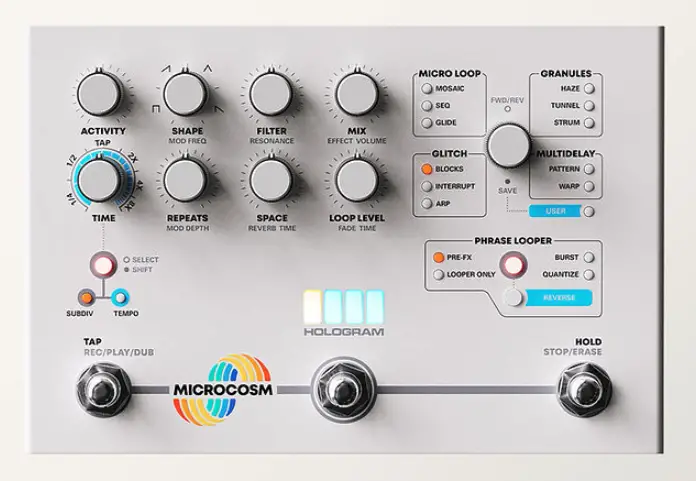
This is a great multi FX pedal as well.. It has 4 different sections/engines to select from, Glitch, Micro Loop, Granules and Multi Delay.. I typically hang out in the micro loop world as it creates a really cool loop effect with pitch changes. I like to use the second bank, which takes the audio signal and repeats it an octave higher, creating really cool atmospheres. There are also global fx, filter, envelopes, and reverb that you can dial in to create an even more unique effect.
This pedal has been on the market for a couple of years, and recently, Hologram introduced the Chroma pedal, which I also have and use tremendously.
WOV – K Devices – Creative Volume tremolo Textures
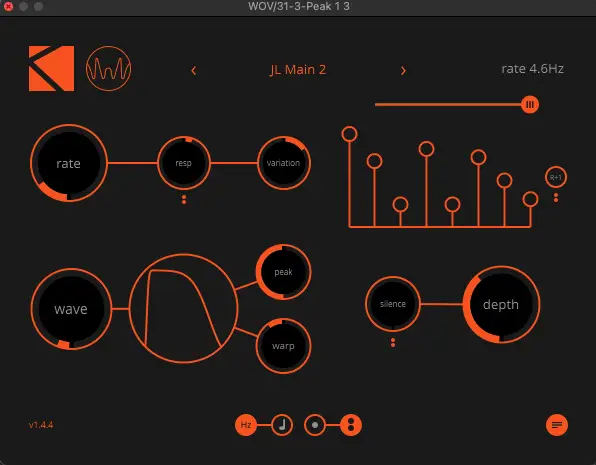
This is an exciting plug-in company. They came out in the MAX/MSP space but made two substantial standalone plugins. I use both, but the WOV has been a go-to of mine and is always a plugin on individual tracks as well as group buses in my live performance setup. It’s essentially a saturated tremolo (not too different from the H9 setting I use), but you have a lot of power to shape how that tremolo sounds and create a cool stereo spread. Its a plugin that I am obsessed with.
Their other plugin I use is the TTAP delay, which is a really great delay with pitch manipulation, odd timing controls, and envelope shapers that really allow for you to dial in great uniqe delays.
Quick Tips For Making Ambient Music
– Lean hard into deep reverbs and delays. They can really create a beautiful atmosphere.
– Its all about audio Manipulating for me. I rarely use a sound source as is, I always turn to sampling and FX to create unique tones.
– Trust your gut, go with what sounds right to your ear. You’re never wrong when you’re experimenting.
The post How It Was Made: THE ALBUM LEAF – BLAST EP (Nettwerk Music Group) appeared first on Magnetic Magazine.




